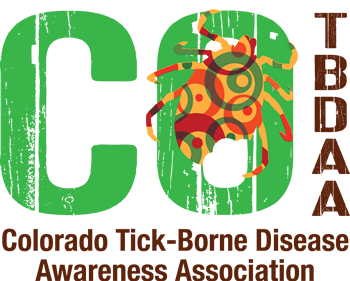Q Fever
[vc_row][vc_column][vc_column_text] What is Q Fever? Q fever is a disease (acute or sometimes chronic) caused by the bacteria Coxiella burnetii. This disease is found worldwide. The bacteria naturally infects mammals; primarily goats, sheep and cattle but, has also been found in birds, and ticks. Thirty-five species of ticks have been identified as natural hosts of this bacteria. The most common route of transmission to humans is through inhalation of dust that has been contaminated by infected animal feces, urine, milk, and birth products. The organism is extremely hardy and resistant to heat, drying, and many common disinfectants, which enable the bacteria to survive for long periods in the environment. High-risk occupations include farming, ranching, veterinary care and animal research. Other less common modes of transmission, include tick bites, ingestion...









